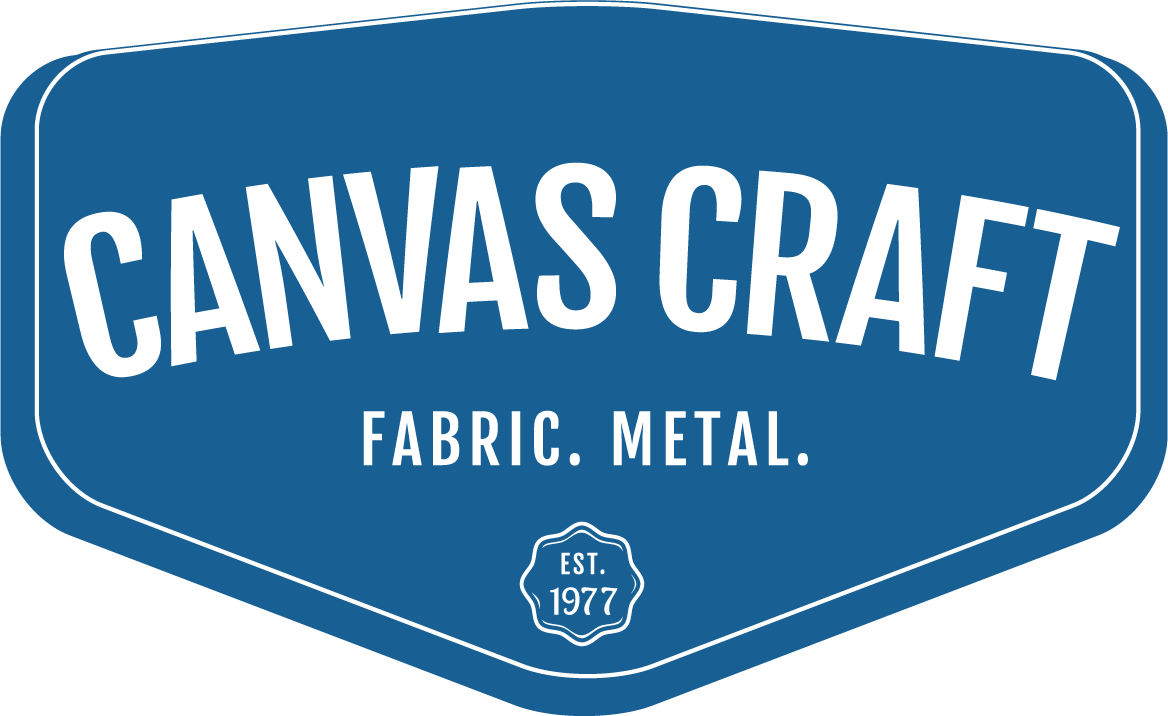Are Fabric Buildings Worth It? Pros and Cons Explored
Are fabric buildings worth it? From their durability and cost savings to customization and environmental impact, we’ll help you determine if investing in a fabric building is the right choice for you.
Key Takeaways
Fabric buildings offer a cost-effective construction solution, often costing significantly less than traditional structures while providing quick assembly and energy efficiency.
These structures are highly durable, designed to withstand harsh weather conditions, and can have a lifespan of 10 to 50 years with proper maintenance.
Customization and portability are key advantages of fabric buildings, allowing them to be tailored for various applications and easily relocated as needed.
Understanding Fabric Buildings
Fabric buildings are tension fabric structures that combine a durable fabric membrane with a steel frame, offering a versatile and robust construction solution. The primary materials used in these buildings are fabric and steel, which provide the strength and flexibility needed for various applications. From workshops and equipment storage to agricultural uses like housing livestock and crop storage, fabric buildings serve a multitude of purposes.
A key feature of fabric buildings is their energy efficiency. Compared to traditional construction, they require less energy to build and can be customized for enhanced energy efficiency. Integrated options for ventilation and lighting further improve their functionality, making them adaptable to different environments. However, it is crucial to ensure that your fabric building complies with local building code requirements and consider environmental factors that may affect its longevity.
Overall, fabric buildings offer a compelling mix of durability, versatility, and sustainability. Their quick installation and potential for customization make them an attractive option for many different applications.
Types of Fabric Buildings
Fabric buildings come in various types, each suited to different needs and applications. A few of the fabric structures we build at Canvas Craft include:
Durability of Fabric Structures
Fabric buildings are designed to be durable despite their classification as temporary structures. Environmental factors play a significant role in the durability of fabric structures. Extreme UV radiation and heavy snow, for instance, can impact their longevity. However, these buildings are, in many cases, engineered to withstand severe weather conditions, including heavy rain, snow, and winds up to 90 mph.
The combination of lightweight materials and sturdy construction makes fabric buildings a reliable choice for various applications. With proper maintenance and consideration of environmental factors, they can last significantly longer than one might expect for a temporary building.
Keep in mind that at Canvas Craft, we construct multiple types of fabric shelters, and each shelter has its own durability details.
Cost-Effectiveness of Fabric Buildings
One of the most appealing aspects of fabric buildings is their cost-effectiveness. These structures are favored for their low construction costs compared to traditional buildings. Lower purchase and assembly costs, coupled with fewer labor requirements, make them a financially attractive option.
Another significant advantage is the quick return on investment. In most cases, fabric buildings provide a practical solution that can be assembled quickly, often in just weeks.
Customization Options for Fabric Buildings
Customization is a significant advantage of fabric buildings. These structures can be tailored specifically in various sizes and shapes for diverse applications such as storage, outdoor protection, semi-permanent sheltering, and more. The extensive customization options enable fabric structures to meet almost any operational requirement.
Accessories for customization may include doors, HVAC equipment integrations, and electrical access to enhance functionality and comfortability. Moreover, add-on components such as heating & cooling, cover material, and environmental controls can further improve the usability of fabric buildings.
Fabric structures can also feature a variety of colors and styles, allowing them to match specific aesthetic or functional requirements.
Portability and Flexibility
One of the standout features of fabric buildings is their portability and flexibility. These structures can be quickly assembled and disassembled, enhancing their portability. This makes them ideal for temporary buildings, allowing businesses to relocate them as needed (or re-use them as needed). This flexibility allows for easy adaptation, adding to their practicality.
Maintenance and Upkeep
Fabric buildings require minimal upkeep, which helps to extend their lifespan. Regular inspections are essential for identifying potential issues before they escalate, especially after inclement weather. This proactive approach to maintenance ensures the structure remains in good condition.
Cleaning fabric buildings helps prevent degradation from stains and corrosive materials, further enhancing their longevity. This minimal maintenance requirement makes fabric buildings an attractive option for businesses looking to save on upkeep costs.
Factors to Consider Before Purchasing
Before purchasing a fabric building, it is crucial to check with your local zoning department for a building permit and permissions. Foundation requirements for fabric buildings vary based on location and intended use; options include concrete, wood, or anchoring systems.
Proper engineering and design tailored to local environmental challenges can enhance the durability of fabric structures. By considering these factors, you can ensure that your fabric building meets all necessary requirements and performs optimally.
Summary
In summary, fabric buildings offer numerous benefits, including cost-effectiveness, customization options, portability, and environmental friendliness. Their versatility across industries and minimal maintenance requirements make them a compelling choice for many applications. If you are considering an alternative to traditional construction, fabric buildings and shelters might be the perfect solution for your needs.
To learn more about the fabric shelters we’ve built, or the custom options we can build for you, connect with our design team today.
